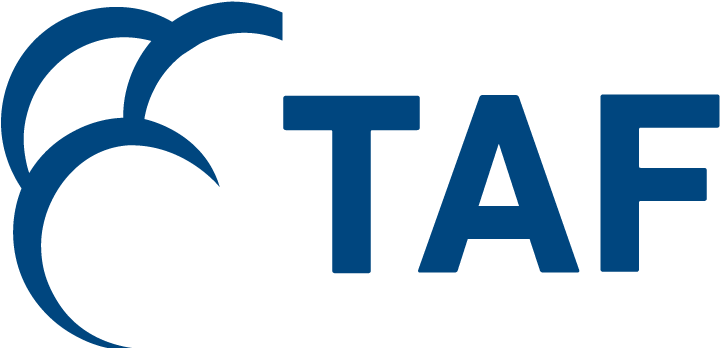Toronto, ON — Aakash Harpalani, Director of Clean Energy, The Atmospheric Fund (TAF) made the following statement in response to Minister of Energy and Electrification, Stephen Lecce’s directive on Ontario’s 2025-2028 Incentives Framework:
“TAF welcomes Ontario’s significant expansion of electricity demand-side programming.
Minister Lecce has directed the Independent Electricity System Operator (IESO) to launch an electricity conservation and demand-side management (eDSM) framework starting in 2025. While specific program details over the first three-year term (2025-2027) have yet to be announced, the new 12-year framework carries an average annual budget of $900 million each year, more than triple that of the current framework.
This expansion rightfully places energy efficiency, demand flexibility, and local generation as key resources in meeting Ontario’s energy needs in the coming decades. With Ontario’s electricity demand projected to increase by 75% by 2050 due to electrification and economic development, these programs are critical to ensuring a reliable and affordable electricity system. Local utilities, now more than ever, have a significant role to play in supporting their customers through the energy transition and securing access to reliable, affordable, and clean electricity for all.
The framework’s long-term scope provides much-needed clarity, funding certainty, and stability for energy efficiency, behind-the-meter generation, and other demand-side management programs. These initiatives are essential for supporting energy affordability and customer choice for households, enhancing competitiveness and lowering costs for businesses, and advancing Ontario’s transition to a cleaner energy economy.
The IESO’s most recent Energy Efficiency Report shows that conservation and demand management programs delivered almost three dollars in energy system savings for every dollar invested in 2023. The province is projecting that its $10.9 billion investment will deliver $23.1 billion in electricity system benefits and reduce peak electricity demand by 3,000 MW.
Programs under this framework will empower customers to make energy decisions that align with their needs, reduce consumption, lower bills for families and businesses, all while easing demand on the grid as the province transitions to a cleaner energy economy.
We are particularly pleased to see the introduction of new programs that will directly benefit residential and small business customers. The Home Renovation Savings Program should simplify access to energy-saving measures for households, giving homeowners the flexibility to choose tailored solutions and bundle upgrades for greater savings. We are also encouraged by the inclusion of significant and timely rebates for distributed solar and storage, which addresses a significant gap in the residential DER market. Meanwhile, the expansion of the successful Peak Perks program to small businesses will offer them new opportunities to manage energy use and take advantage of the benefits of efficiency and demand management.
TAF also applauds the inclusion of a three-year review cycle, which allows the framework to remain responsive to evolving market trends, emerging technologies, and shifting demand patterns. This adaptive approach ensures that Ontario’s demand-side management programs continue to deliver maximum value.”

I think these congratulations are a bit too expansive. This program is really overdue. And really, because it is using rebates rather than upfront grants, it’s not going to help the people who suffer from energy poverty, live in the worst housing that most needs to be renovated for energy savings and comfort. And because the Province is simultaneously pushing so-called “natural” gas, it will likely lead to the installation of gas-dependent heat pumps, water heaters, etc. A more critical perspective would be welcomed.
Hi Jennifer, thank you for your comment. At TAF, we try to balance recognizing progress with advocating for improvements to ensure programs are as effective and equitable as possible. We agree there was a long gap in programming, and that energy poverty remains a significant challenge. Targeted support for vulnerable populations is essential to ensure everyone benefits from Ontario’s energy transition.
You’ve highlighted an important, broader issue in the role of natural gas in Ontario’s energy mix, and TAF has long emphasized the importance of reducing reliance on natural gas and ultimately phasing it out – including in our response to the government’s recent consultation on the role of natural gas in the province’s energy system (available here: https://taf.ca/publications/ngps-ero-submission/) . As the EE framework develops, we’re hopeful that the benefits of conservation and demand management programs will become increasingly demonstrative. By showing how energy efficiency can reduce costs, improve comfort, and lower emissions, these programs have the potential to pave the way for more substantive change in the future.
Thank you again for sharing your perspective – it’s an important reminder of the work still needed.